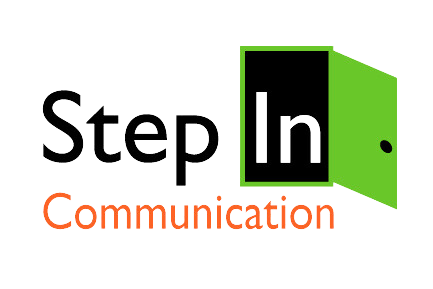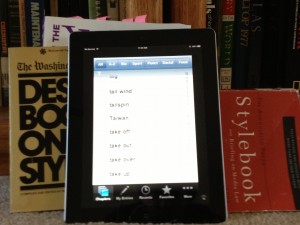For public relations practitioners, writing style can be boring and dry. But style is important in good writing. It sets standards and formats that give uniformity to writing. Surprisingly, many in the profession are unaware of style types and how they can bolster your writing efforts.
Applying a style to your writing puts an end to questions like “when should I capitalize that?’ and “where does this comma go?” and enables individual pieces of writing to look like they belong together. For large projects, like web site rewrites, press kits or backgrounders, style can unify the voice of many writers.
But not all style guides are the same.
First, let’s eliminate the style types you will NOT use in public relations writing. These are the academic styles of writing you used in school. Chances are you used one of these in college:
APA –American Psychological Association, the nations’ largest scientific and professional organization representing the field of psychology. Their style has been adopted by numerous professions.
MLA- Modern Language Association Members are comprised mainly of English and foreign language teachers. The style they’ve adopted is usually the first one you learn in high school and is often used in language and literature writing.
Chicago-This style method, developed by the University of Chicago Press is among the oldest and began to be used in the early 1900s. Today it’s largely used in historical and legal writing.
Forget them! What you really need is a style which encompasses the types of writing you do every day. If you are writing press releases, blog posts, brochures, web copy or any other type of writing that doesn’t need the academic touch, then you need to look to two types of stylebooks: traditional and digital.
Traditional Stylebooks Still Rock
The Associated Press Stylebook and Libel Manual
This is my go-to guide. It was developed to create unity in early newspaper reporting and is updated annually. It is always on my desk (or on the floor next to my desk) but I recently fell in love with their iPhone app. It’s easier to carry around and it’s updated frequently. This stylebook focuses on elements of writing, but has important sections on style specifics for sports, financial and web writing.
Washington Post Deskbook on Style
The post developed their own stylebook over the years, but recently added online digital publishing guidelines which cover issues like citing sources, social media and use of third party information – all important issues to public relations pros.
The New York Times
I do not use their Style and Use Guide. But, I have recently discovered a NY Times Blog called After Deadline which is run by Philip B. Corbett, the associate managing editor for standards—the guy in charge of The Times’s style manual. What I like about this blog is that Corbett uses real examples from the paper. It’s reassuring to know that even journalists are responsible for the occasional dangling modifier.
Digital Stylebooks: A New Genre
A handful of digital stylebooks have appeared in recent years, with a broader focus than the examples above. These style guides are embracing topics like information architecture, usability guidelines and page design. While many PR Pros may not THINK they need a guide like this, they are easy to access and use online and force you to think about how the information you are presenting will LOOK in its finished state. Here are several I’ve recently discovered:
Yahoo
I bought the printed version of the Yahoo Style Guide a few years ago and used it occasionally. Now that it is indexed and searchable online, I use it far more often. I especially like its section on presenting numbers.
Web Style Guide
I came across this site by accident. I particularly like their section on usability and designing for usability. As communicators, we need to make sure that we are thinking universally about how people will use what we write. The credentials of its authors are pretty impressive.
Media-Specific Guidelines
Many news organizations are developing their own guidelines and standards. Two which are of interest are the BBC News Guidelines http://www.bbc.co.uk/guidelines/ and CNN’s iReport Toolkit.
These resources should help you and your organization adopt a style based on your particular writing needs. You might even be inspired to develop your own house style. I am sure there are many more. Do you have favorite style resources?
You can browse all these resources by going to my writing style resources list on Diigo.

